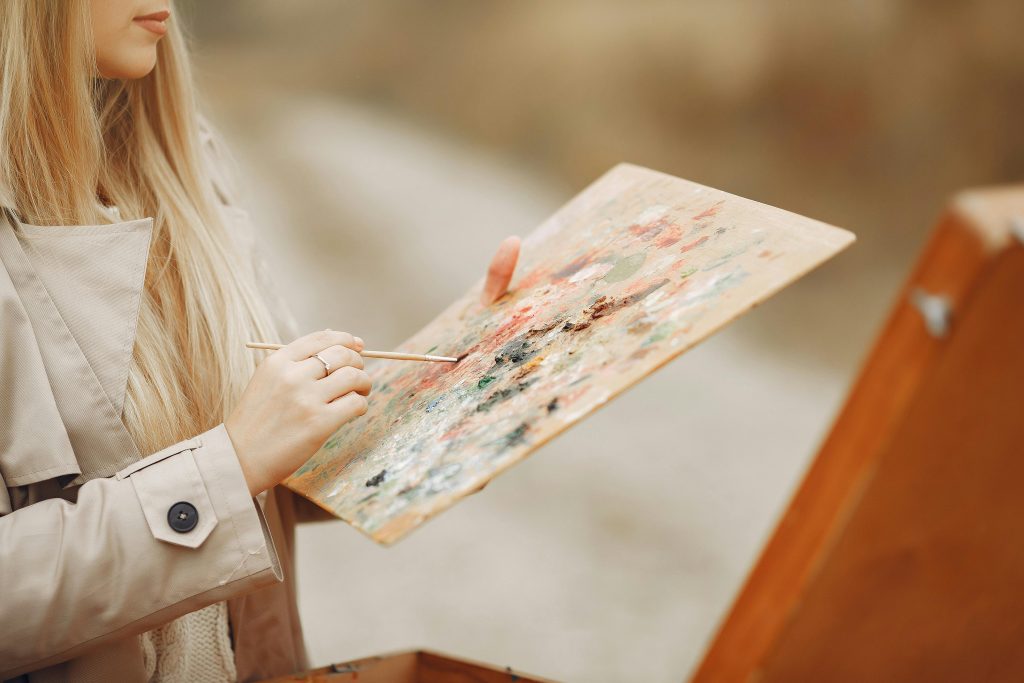Table of Contents
Paint is a powerful medium that goes beyond mere aesthetics; it can transform spaces, evoke emotions, and even affect our mood. From ancient civilizations to modern-day interior design, the use of paint has evolved, leading to a variety of formulations, techniques, and applications. This article explores the history, types, benefits, and contemporary trends in paint, highlighting its role in design and decoration.

A Brief History of Paint
The history of paint dates back thousands of years, with evidence of its use in prehistoric cave paintings. Ancient Egyptians created pigments from natural minerals and plants, while the Chinese developed water-based inks around 3000 BCE. Over time, cultures around the world developed their own painting techniques, leading to the rich tapestry of color we see today.
The industrial revolution in the 19th century marked a significant turning point in the production of paint. The advent of synthetic pigments and advanced manufacturing processes made paint more affordable and widely available. This democratization of color transformed not only art but also architecture and interior design, allowing for more creativity in the way spaces were designed and experienced.
Types of Paint
Today, paint comes in a wide variety of types, each suited for different applications and surfaces. Here are some common categories:
- Water-Based Paint: Also known as latex paint, this type is popular for its ease of use, quick drying time, and low levels of volatile organic compounds (VOCs). Water-based paints are ideal for interior walls and ceilings, as well as for use on wood and metal surfaces.
- Oil-Based Paint: Known for its durability and smooth finish, oil-based paint is often used for trim, cabinets, and furniture. However, it takes longer to dry and has a stronger odor, making it less popular for indoor use.
- Acrylic Paint: Acrylics are water-based paints that contain acrylic resin, providing flexibility and durability. They are commonly used for art projects and craft applications, as well as for interior and exterior walls.
- Chalk Paint: Chalk paint has gained popularity for its matte finish and vintage appeal. It adheres well to various surfaces and is often used for furniture and decorative projects.
- Specialty Paints: There are also specialty paints available, such as anti-mold, anti-graffiti, and heat-resistant paints, designed for specific applications and environments.

Benefits of Using Paint
Paint offers numerous benefits, making it an essential tool in design and decoration:
- Aesthetic Enhancement: One of the most apparent benefits of paint is its ability to enhance the visual appeal of a space. Different colors can dramatically change the atmosphere, making a room feel warmer, cooler, larger, or more intimate.
- Protection: Paint provides a protective barrier for surfaces, shielding them from wear, moisture, and environmental damage. This is especially important for exterior surfaces, which are exposed to the elements.
- Cost-Effective Transformation: Painting is one of the most cost-effective ways to refresh or update a space. A new coat of paint can revive tired walls and furniture without the need for extensive renovations.
- Personal Expression: Paint allows individuals to express their personality and style. Choosing colors, finishes, and techniques enables homeowners and designers to create unique spaces that reflect their tastes.
- Mood Influence: Colors can have a psychological impact on our emotions and behaviors. For instance, blue is often associated with calmness, while yellow can evoke feelings of happiness. Thoughtful color choices can create desired atmospheres in different rooms, such as serene bedrooms or energizing home offices.
Contemporary Trends in Paint
As design evolves, so do the trends in paint. Here are some of the latest developments in the world of color:
- Bold Colors: While neutrals have dominated for years, bold colors are making a comeback. Deep blues, rich greens, and vibrant reds can add drama and character to spaces, creating focal points and enhancing mood.
- Matte Finishes: Matte paint finishes have gained popularity for their sophisticated, modern look. Unlike glossy finishes, matte paints provide a soft appearance that can add depth to walls and ceilings.
- Eco-Friendly Paints: With an increasing emphasis on sustainability, eco-friendly paints are becoming more sought after. Low-VOC and natural paints are being developed to reduce environmental impact and improve indoor air quality.
- Textured and Patterned Paints: Techniques such as sponging, rag rolling, and stenciling are being embraced for their ability to add texture and pattern to walls. These creative approaches can make a space feel more dynamic and personalized.
- Painted Furniture: Beyond walls, painting furniture is a trend that continues to grow. DIY enthusiasts are using paint to upcycle old pieces, adding color and character to their interiors.

Conclusion
Paint is more than just a tool for color; it is an art form that has the power to transform spaces and influence our emotions. From its ancient roots to modern innovations, paint continues to evolve, offering endless possibilities for personal expression and design. Whether you are refreshing your home or embarking on a creative project, understanding the various types of paint and contemporary trends can help you make informed choices that enhance your environment and reflect your unique style. With the right application, paint can truly illuminate the beauty of any space.
